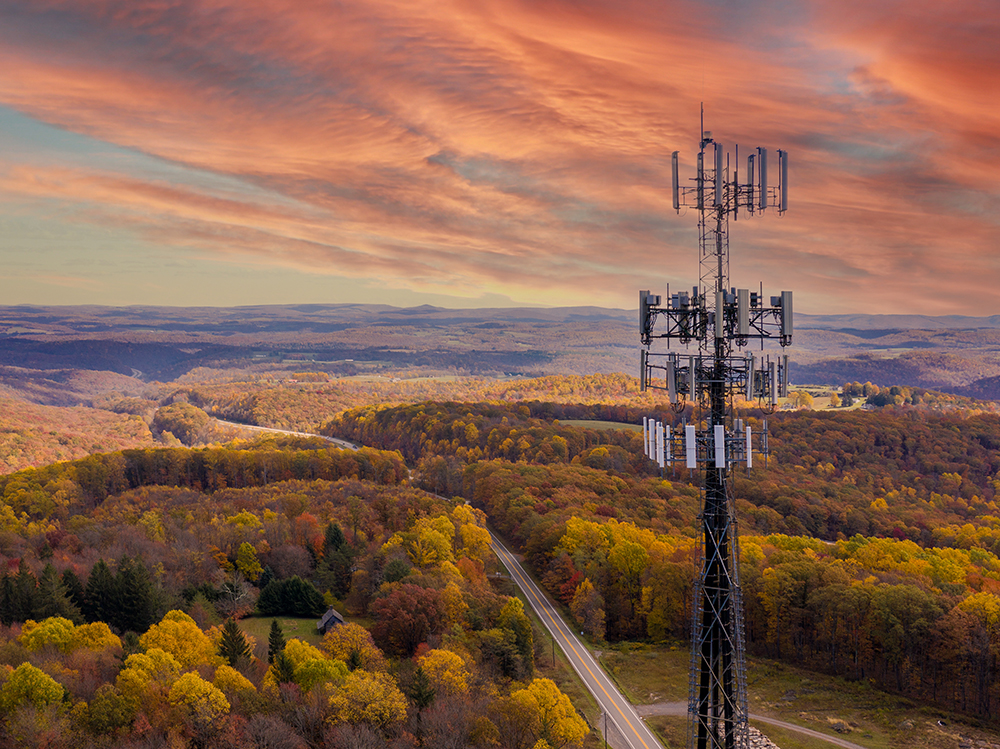
Florida has one of the highest broadband availability rates in the country, with over 95% of Floridians having access to high-speed broadband.
This is due in no small part to cable providers’ investment of private capital of over $10 billion over the past decade.
Of those who have access, nearly 81% subscribe to some form of wireline or wireless broadband connection.
But what about the state’s unconnected? For those who have access and qualify for programs such as Free and Reduced Lunch programs or SNAP, the family can enroll in wired and wireless providers’ low-cost internet access programs that cost around $10 per month. For the remaining 5% of Floridians who do not have access predominantly live in rural areas.
To bridge this digital divide, there are several key guiding principles addressed in HB 1239/SB 1592 that will allow us to work toward viable solutions this Session.
First, we must seek private investment to expand broadband networks.
Even with Florida’s ranking as the state with the fifth-best broadband availability rate nationally, sustained private sector investment is necessary to support the initial network investments and to maintain the networks need for technological upgrades, repairs, monitoring and customer service staffing needs. We need to utilize a structure with zero risk to taxpayers.
Second, we must leverage and maximize Florida’s access to existing federal monies for projects that support unserved populations.
Florida received over $191 million from the U.S. Department of Agriculture and Federal Communications Commission (FCC) to allocate broadband services, with the FCC releasing specific locations for these projects in the first quarter of 2021.
In fact, Florida should implement procedures for participating in the FCC’s federal mapping process to help identify unserved areas. Now is the time for state agencies, local governments, and private sector providers to collaborate with the Florida Department of Economic Opportunity’s Office of Broadband to create a statewide plan and to pinpoint targeted sites for expedited and cost-efficient broadband deployment.
In addition, public funds should not be used to install infrastructure that competes with existing private provider network investment.
Florida should consider tax incentives for the purchase and deployment of broadband equipment to eliminate economic barriers to broadband employment (13 other states already offer this incentive).
Resources should first be targeted to those areas without any services but areas that are in need of broadband upgrades should be included as well. The best approach overall is to create permanent incentives in the form of a sales tax exemption for the purchase and operation of broadband equipment to spur capital investment across the state.
Florida should also seek to eliminate other high-cost barriers to broadband deployment, such as imposing reasonable standards for the use of municipal electric and rural electric cooperatives poles by broadband providers.
Broadband providers frequently encounter myriad rules and regulations in simply getting permission and permits from these pole owners to either pay the full cost of replacing dilapidated structures or face unreasonable pole use fees and other terms and conditions.
Futuristic opportunities include encouraging state and local government transportation planners and contractors to begin incorporating accommodations for the building and expansion of broadband facilities, i.e., encouraging investments to reach unserved areas with high-speed connections, attaching equipment to public structures, and the installation of banked conduits during road and off-ramp construction and related right of way work.
Florida Internet & Television encourages the Florida Legislature adopt these measures to not only expand these broadband services but also offer common-sense solutions for governments, providers, and consumers to ensure connectivity for all Floridians.
___
Brad Swanson is president and CEO of the Florida Internet & Television Association, whose members include cable companies providing internet, television, and home security services to millions of residential and business customers throughout Florida, including Atlantic Broadband, Comcast, Charter Communications, Cox Communications and Mediacom.



